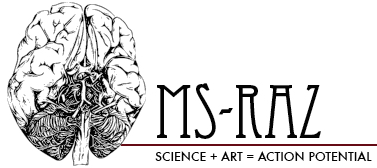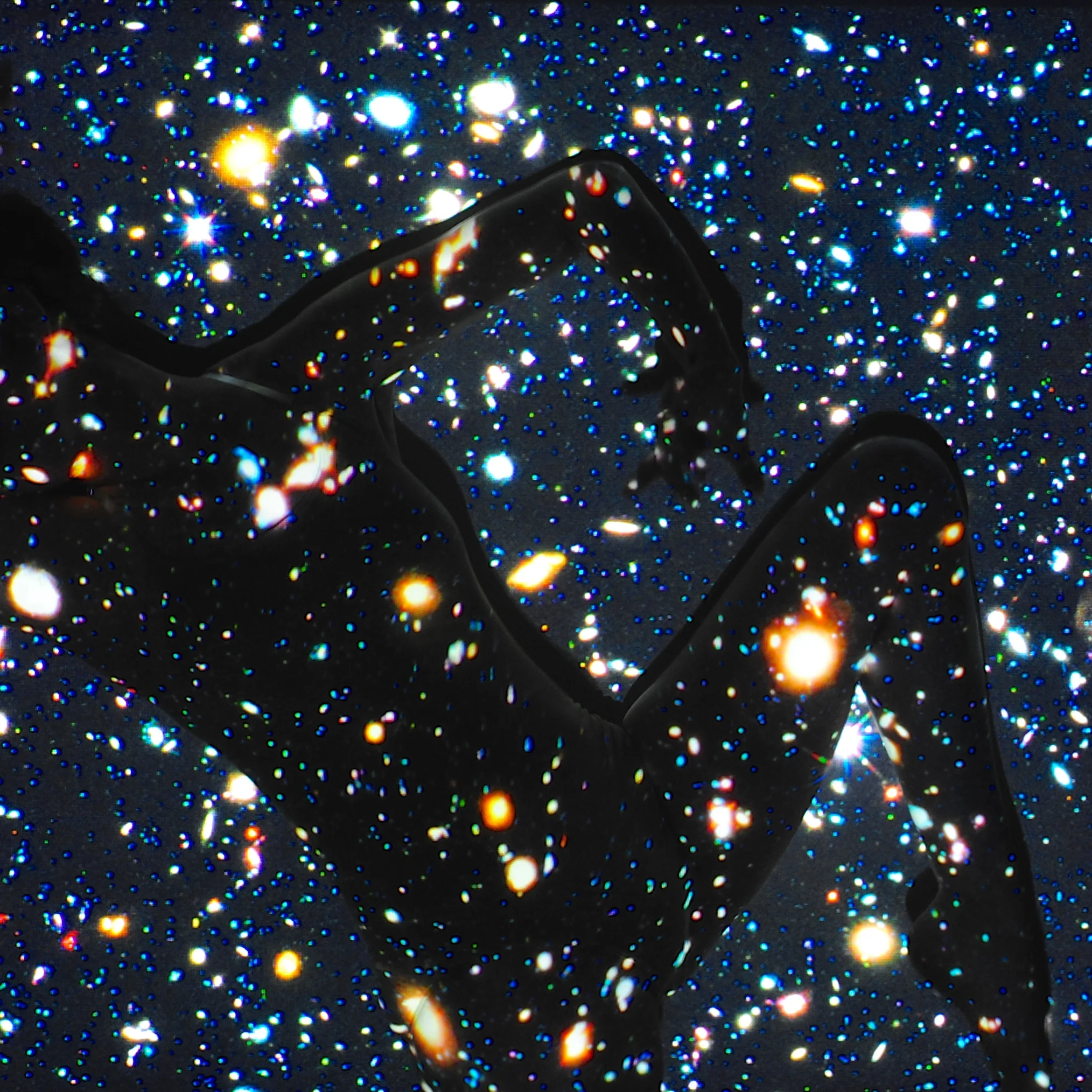Hubble's Depth
'Most Colorful View of the Universe'
In the adapted image above, made by the Hubble Space Telescope, you are looking at roughly 10,000 galaxies of various ages and stages of life in one patch of the universe. The Hubble can detect and translate information of our cosmos into a visible color spectrum. With the translational help of the Hubble, scientists have been adding insight and understanding, layer by layer to this deep patch of space. Each layer reveals a new ‘language’ that provides invaluable information about the nature of the cosmos and its history.
The ‘superstars’ of the universe
This particular patch of the cosmos is no stranger to the paparazzi. The “Hubble Deep Field” has been an area of interest since 1995 when the first observations were made. This small patch of the sky in the Fornax constellation is where astronomers have been zooming in and refocusing their sights for over a decade. This patch was chosen because the area in the near-field was dim which allowed for better viewing of deep, distant objects. This is similar to using your laptop in a dark room and not being able to see beyond the near-field unless you dim the screen.
The first set of images
In 2002 the Advanced Camera for Surveys (ACS) was installed on the Hubble. It took some of the first high sensitivity exposures, with four different filters, blue (435nm), yellow (606nm), red (775nm), and moving into infrared (850nm) wavelengths. These filters correspond with wavelengths of the visible color spectrum humans are familiar with. In this respect the ACS is similar to our own eyes. Each exposure lasted approximately 1200 seconds, about 20 minutes. A total of 800 exposures over 400 orbits were taken with the various filters. These exposures were then combined by Dr. Anton M. Koekemoer into the first set of comprehensive images of the “Hubble Ultra Deep Field” (HUDF).
Adding another layer
In 2009 the Wide Field Camera 3 (WFC3), an instrument for observing near ultraviolet, visible, and near infrared light was attached to Hubble. The near infrared aspect of the camera captures what lies outside of our typical visible perception. A total of 192 orbits resulted in another 58 exposures. In 2012, the “Hubble eXtreme Deep Field” (XDF) image was released. It is the product of 10 years of observation and exposure combination. It is the product of 10 years of observation and exposure combination. These near infrared exposures added another layer to the first images and another language to Hubble’s repertoire.
The power of infrared
Infrared can be thought of as a very old, more primitive language. Being able to perceive and understand near infrared allowed researchers to learn the history of some of the most distant galaxies that existed approximately 13 billion years ago. Distance in space is related to age because of the lengthy amount of time it takes for light from distant objects to reach us in the visible range. The light from these distant objects is stretched to the infrared wavelength due to the expansion of space. Because astronomers keep their sights set on this one patch of space, they are able to add new exposures (taken in the near infrared wavelengths) to previous projects (in the visible color spectrum lengths) to expand our view of the cosmos.
Recently discovered: the magic of ultra-violet
So infrared reveals the history of some of the oldest and most distant aspects of stars and galaxies. Then what about the younger and more active stars and galaxies? What language do they speak? It is this missing range that has just recently been filled in with the ultra-violet observations! On June 3, 2014, the Hubble team released the “Most Colorful View of the Universe”, complete with ultraviolet, visible, and near infrared spectrums. “This is the first really deep ultraviolet image to show the power of that combination,” says Rogier Windhorst of Arizona State University, member of the Ultraviolet Coverage of the HUDF team. This additional translation of ultra-violet wavelengths, gave researchers insight into some of the “hottest, largest, and youngest stars”. With this information, researchers have expanded their knowledge and understanding of how galaxies form and grow “by forming small collections of very hot stars”.
What will be next?
We are now capable of understanding not only the visible but also the infrared and ultraviolet spectral languages of the impressive universe in which we exist. What will Hubble reveal next? What will the next wave of translators, like the James Webb telescope, which is optimized in the infrared language, be able to uncover?
This remains to be seen, but surely it will be a star-studded event of cosmic proportions!
---------------------------------
“The Hubble Space Telescope is a project of international cooperation between NASA and the European Space Agency. NASA's Goddard Space Flight Center in Greenbelt, Maryland, manages the telescope. The Space Telescope Science Institute (STScI) in Baltimore, Maryland, conducts Hubble science operations. STScI is operated for NASA by the Association of Universities for Research in Astronomy, Inc., in Washington, D.C.”
Image Credit: NASA, ESA, H. Teplitz and M. Rafelski (IPAC/Caltech), A. Koekemoer (STScI), R. Windhorst (Arizona State University), and Z. Levay (STScI)
Press release: http://hubblesite.org/newscenter/archive/releases/2014/27/image/a/

